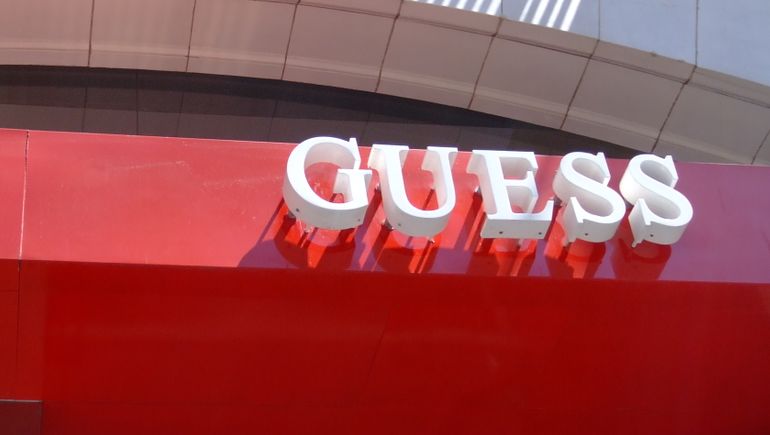Dive Brief:
- Guess Inc. cut its inventory by 2% year over year in Q3 while its sales and gross margin increased, according to executives and the company’s earnings release. That compares to last year, when inventories soared by more than 19% YoY.
- The reduction in stocks came amid broader market uncertainty, with the apparel company’s retailer customers in its wholesale business maintaining lean inventory levels of their own, executives told analysts on a November earnings call.
- Department stores have been “very careful” with their own buying, CEO Carlos Alberini said on the call. “As a result … we are trying to be very careful in the way we manage our side of that equation to make sure that we are not left with excess inventory,” Alberini added. “The good thing is that I think our supply chain has become more dynamic.”
Dive Insight:
For well over a year, retailers have been trying to keep their inventories in check, especially in discretionary categories such as apparel.
When demand went into rapid decline in the first half of 2022, many rushed to cancel orders. Brands and manufacturers, however, couldn’t unwind their inventory positions quite so quickly, as analysts and other industry observers have pointed out.
This year, retailers have been trying to stay lean while keeping their buying budgets open to chase goods in areas where they see demand pop. Guess, which sells in both wholesale and its own retail channels, operates on both sides of this equation. For its retailer customers, it has to stay nimble to meet their needs without building up excess inventory of its own — which can weigh on operations, finances and profits.
“In some cases, even if we don’t have concrete orders from those customers, we have the opportunity to really reposition inventory or orders to be able to respond to their demand if that demand has not been preplanned,” Alberini said. “And we have been doing good business using this type of business model.”
In that environment, Guess’ operating margin in its wholesale business jumped by nearly 10 percentage points, which helped offset declines in its own retail business and other units.
A “substantial reduction” in inventories, along with lower capital spending, also led to an $82 million improvement in cash flow, CFO Markus Neubrand said on the call. Executives reiterated that they expect to work inventories down by 10% YoY by the end of the fiscal year.
While aiming to have “the right product at the right price” to meet demand, Guess has tried to be “careful with how much we buy” to head off inventory excesses, Alberini said.
“I think this is something that we pride ourselves on for now many years,” the chief added. “I think we have done a good job in managing inventories, and the key was to not buy in excess.”
But Alberini also noted the difficulty in planning amid volatile consumer demand. “Our strategy has been to continue to really watch how the consumer is responding and navigating through the current times and then acting accordingly in terms of how we position our business plans,” he said.
To help navigate demand planning, the company tapped Salesforce’s Customer 360 for inventory planning, allocation and store transfer tools. Guess is also currently implementing a product lifecycle management system from Centric as well as a markdown optimization solution, both of which Alberini said should be completed by next year.
